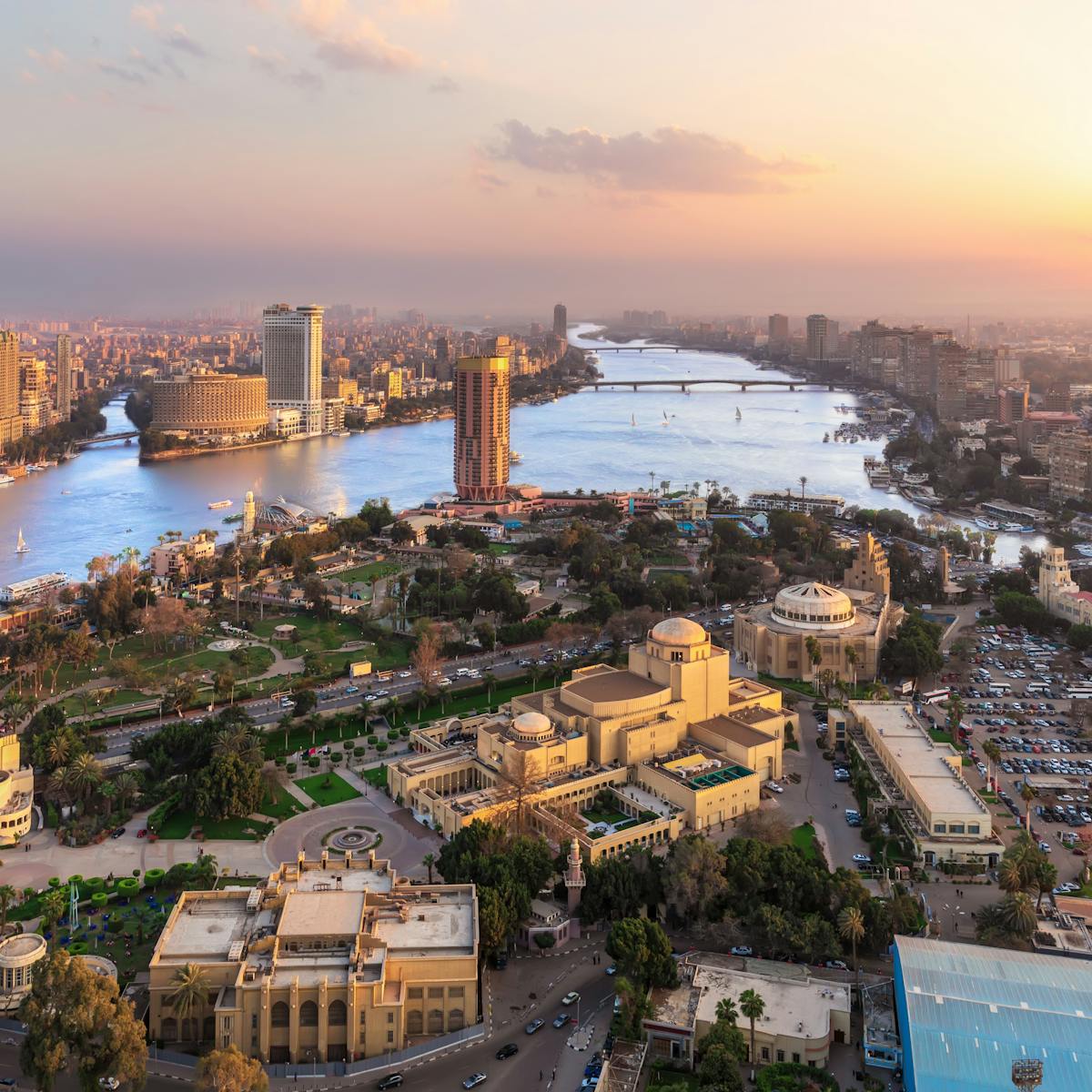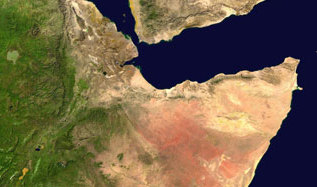PBS: Escaping Eritrea … [Read More...] about ካብ ውሽጢ ቤት ማእሰርታት ኤርትራ
Satellite data provides fresh insights into the amount of water in the Nile basin
Emad Hasan and Aondover Tarhule | November 4, 2020 | The Conversation

Flowing through 11 African countries, the Nile River plays an important role in the lives of more than 24% of Africa’s population. To both upstream and downstream countries, the Nile waters are crucial in development planning, food and energy production.
As countries vie for these resources, there has been immense tension. Most notably, Egypt and Sudan have challenged Ethiopia’s decision to construct and fill the Grand Ethiopian Renaissance Dam. This is a huge project on one of the Nile’s main tributaries, the Blue Nile, which supplies more than 80% of the water reaching Egypt.
Treaties are needed to govern the allocation of water resources in the region. For this to happen it is critical to have accurate data on how much water there is. But global water scarcity data are based on insufficient ground observations. They are grossly outdated and don’t cover enough of the major transboundary river basins. This is due to funding, maintenance cost, terrain and topography. In the Nile basin, hydrological monitoring stations have significantly declined in number over the last 30 years.
But this is changing. Recent advances in hydrological satellite observations are enabling the frequent collection of much more reliable information. This has opened the door to new research efforts to update global water availability.
Hydrological satellite observations happen when a satellite – hundreds of miles away from the Earth’s surface – observes and makes recurring visits to the same site several times a month. One of these – which allows for improved assessment of the total changes in water volume – is NASA’s joint satellite mission Gravity Recovery and Climate Experiment.
Our research team is among the first to use data from this satellite mission for a water scarcity assessment in Africa. We have used the data in several studies of the Nile basin. This includes assessments into how water levels in the Nile Basin are affected by the climate and people.
The data has enabled us to make accurate calculations that weren’t possible before. For example, we have been able to assess how much surface water there is and what the soil moisture and levels of groundwater are. Previous studies focused primarily on one or some of those variables, such as the water from the river flow.
Our study shows that there’s a looming water crisis in the Nile basin. This calls for an urgent regional basin initiative on sustainable water resources management.
Monitoring from space
Launched in 2002, the Gravity Recovery and Climate Experiment satellites monitor changes in global water resources in all forms. The data are available on a monthly basis.
We used these observations to determine the total available water storage in the Nile basin between 2002 and 2020. Overall, the data revealed that the total available water storage in the basin, from all sources, could reach an average of 180 billion cubic metres per year. This estimate is about twice the current estimated storage of 88 billion cubic metres per year. Having data like this would inform how much water is allocated in the basin’s water sharing agreements.
We also used the satellite data to estimate the total available water storage for two main water tower regions (the source of the river) – Lake Victoria and the Blue Nile basin – and two major water sink regions (where slow flowing water is lost to evaporation) – the Sudd wetlands in South Sudan and the Main Nile area across Egypt.
From what was previously reported, recent Gravity Recovery and Climate Experiment satellite observations showed that the Lake Victoria water tower receives about twice the water volume that the Blue Nile basin receives during the wet season. And the Sudd basin (the southern water sink) loses about twice the water compared to the northern Main Nile region.
These updated figures call for progressive water resources planning to save additional water resources for future development in the region.
The satellite observations also confirmed that between 2002 and 2020, the Nile river basin experienced wetter conditions. In 2020, the Nile river basin had approximately eight times more water storage than it did in 2002. These wetter conditions require further planning for more water volumes during flooding seasons.
Despite this, our conclusion confirms previous assessments that the basin is water-stressed.
Water stressed
A region is said to experience water-stress if the available water to use per person per year – for indoor, agricultural and industrial needs – is less than 1000 cubic metres a year, approximately 1,000,000 litres per person per year.
For daily basic needs, a person uses approximately 150 litres a day. In Egypt (a major receiver of the Nile’s water), a person uses about 200 litres on average for domestic water needs per day. However, agriculture needs – such as food production – require between 2,000 and 5,000 litres of water per day.
If the available water to use becomes less than 500 cubic metres a year – about 500,000 litres of waters per person per year – to meet all water demands, a region is under absolute water scarcity conditions.
Because of the current and booming population projections – the basin’s population is projected to reach 800 million by 2050 – the basin is under severe water stress conditions.
To estimate the yearly available water per capita we need to divide the total available water in the region – which we found to be 180 billion cubic metres per year – by total population. We therefore estimated that the available water to use per capita is approximately 450 cubic metres a year, or approximately 1,230 litres per person a day. But there is an important caveat; the total amount of available water cannot all be extracted and used due to technological and economic constraints. Therefore, the true amount of usable water is likely considerably less than 1,230 litres per person per day.
More than ever before, riparian nations need to reinforce agreements on future water planning and new water sharing policies.
Data to the rescue
It won’t be easy to get the 11 countries in the basin to agree to a water sharing plan to avoid chronic water shortages in the future. But key to ensuring cooperation is good information sharing and technical cooperation between the riparian states.
Having accurate information on the available water will improve the understanding of common water resources and promote confidence between the basin states.
- Emad Hasan is Postdoctoral Researcher in Remote Sensing Hydrology, Binghamton University, State University of New York.
- Professor Aondover Tarhule is Vice president for Academic Affairs and Provost, at Illinois State University, Illinois State University.
